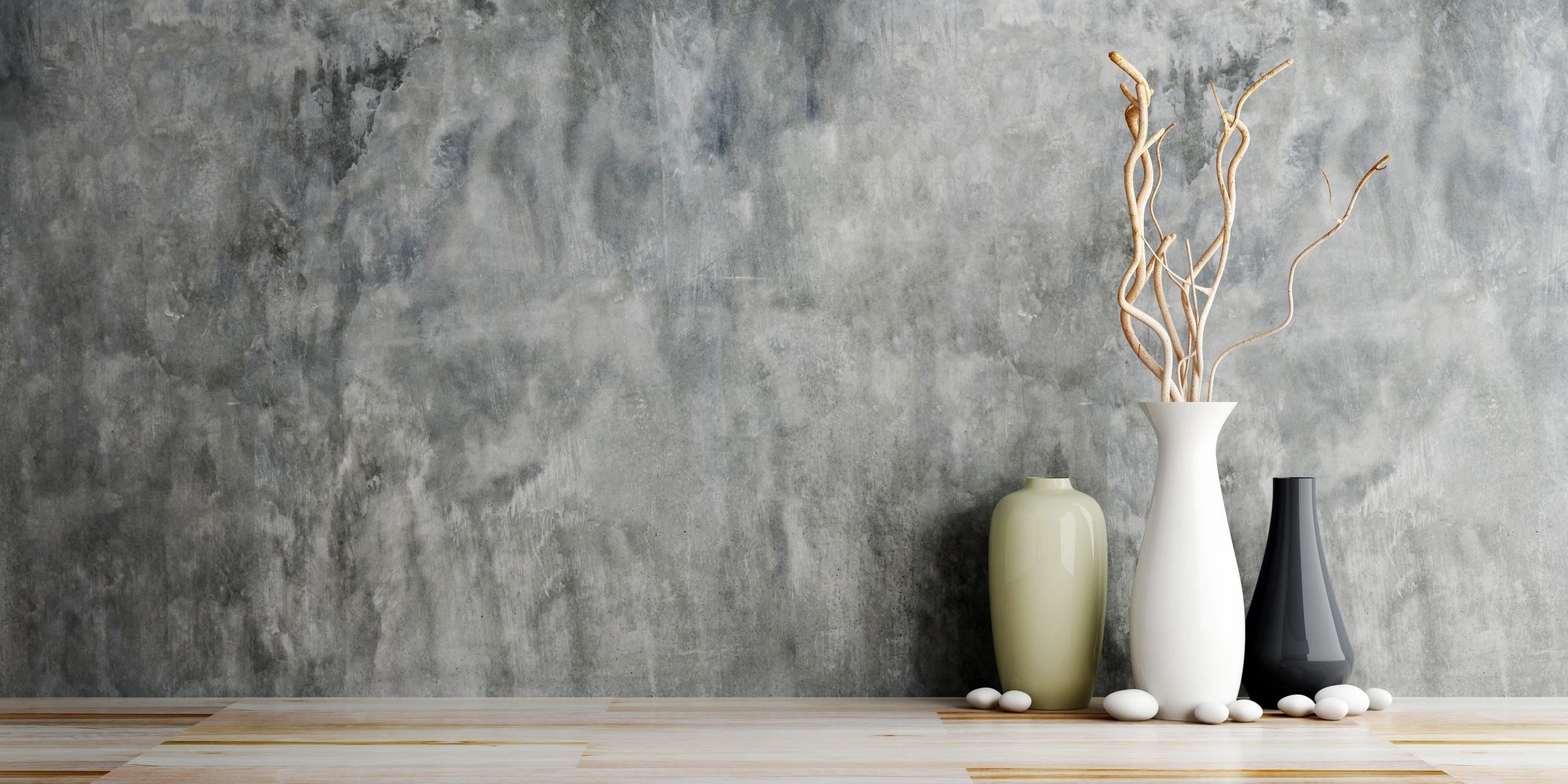Interior design is more than just arranging furniture and picking out color schemes; it’s about transforming your living space into a harmonious blend of functionality, comfort, and aesthetics. Whether you’re revamping your entire home or simply looking to freshen up a room, there are countless ways to elevate your interior design game. In this comprehensive guide, we’ll explore the best strategies to up the interior design of your home, from assessing your current space to implementing sustainable practices.
Assessing Your Current Space
Before diving into any design project, it’s crucial to take stock of your current space. Start by analyzing the existing layout to identify any potential challenges or opportunities for improvement. Consider the flow of traffic, the placement of windows and doors, and the overall functionality of the room. Additionally, evaluate the lighting conditions to determine whether natural light is abundant or if artificial lighting needs to be enhanced. Pay attention to the color scheme as well, as it sets the tone for the entire space. Finally, take stock of your furniture arrangement and identify any pieces that may need to be re-positioned or replaced.
Establishing a Theme
Once you have a clear understanding of your space, it’s time to establish a theme that reflects your personal style and preferences. Start by identifying key elements that resonate with you, whether it’s a particular color palette, a specific design era, or cultural influences from your heritage. Research current design trends for inspiration, but don’t be afraid to put your own spin on things. Ultimately, the goal is to create a cohesive theme that ties the room together and makes a statement.
Maximizing Space Efficiency
In today’s increasingly compact living spaces, maximizing space efficiency is essential. Start by investing in multifunctional furniture that serves dual purposes, such as a sofa bed or a coffee table with built-in storage. Implement space-saving storage solutions, such as wall-mounted shelves or under-bed storage bins, to keep clutter at bay. Consider incorporating mirrors into your design scheme to create the illusion of space and enhance natural light. Embrace minimalism by decluttering unnecessary items and focusing on quality over quantity.
Enhancing Lighting Design
Lighting plays a crucial role in interior design, not only illuminating the space but also setting the mood and ambiance. Incorporate as much natural light as possible by choosing window treatments that allow sunlight to filter in. Layer artificial lighting sources, such as overhead fixtures, task lighting, and accent lights, to create depth and dimension. Select light fixtures that complement your overall design theme and consider integrating smart lighting systems for added convenience and energy efficiency.
Selecting Furniture and Décor
When it comes to furniture and décor, quality and craftsmanship should take precedence over quantity. Invest in pieces that are both functional and aesthetically pleasing, and don’t be afraid to mix textures and materials for added visual interest. Add statement pieces, such as a bold area rug or a striking piece of artwork, to inject personality into the space. Finally, personalize your home with accessories that reflect your unique tastes and interests, whether it’s a collection of vintage books or a gallery wall of family photos.
Incorporating Greenery
Bringing the outdoors in is a surefire way to breathe life into your interior design scheme. Not only do indoor plants add a touch of natural beauty to your space, but they also purify the air and promote a sense of well-being. Choose low-maintenance plants that thrive indoors, such as succulents or snake plants, and position them strategically throughout your home. Consider incorporating vertical gardens or hanging planters to maximize space and create visual interest.
Harmonizing Color Palette
A well-balanced color palette can make all the difference in a room’s design. Take the time to understand color psychology and how different hues can affect mood and atmosphere. Create visual balance by incorporating a mix of warm and cool tones, as well as light and dark shades. Experiment with contrasts, such as pairing bold accent colors with neutral backgrounds, to create visual interest. Above all, choose colors that resonate with you and create a sense of harmony within the space.
Customizing Window Treatments
Window treatments are not only functional but also play a key role in the overall aesthetic of a room. Choose fabrics and textures that complement your design theme, whether it’s breezy linen curtains for a coastal-inspired look or luxurious velvet drapes for a touch of elegance. Consider factors such as privacy and light control when selecting window treatments, and don’t be afraid to add decorative elements such as tassels or trim for added flair.
Elevating Flooring Options
The right flooring can tie a room together and set the stage for your design vision. Explore various flooring materials, from hardwood and laminate to tile and carpet, and choose one that suits your style and lifestyle. Incorporate area rugs to add warmth and texture to the space, and don’t be afraid to mix and match patterns and prints for added visual interest. Above all, prioritize durability and ease of maintenance when selecting flooring materials.
Embracing Smart Technology
In today’s digital age, smart technology has become an integral part of modern living. Integrate home automation systems to control lighting, temperature, and security with the touch of a button. Install smart appliances that streamline everyday tasks and enhance convenience. Enhance security with smart door locks, surveillance cameras, and motion sensors. Finally, streamline entertainment systems with wireless speakers and smart TVs for a truly connected home experience.
Implementing Sustainable Practices
As environmental concerns become increasingly urgent, incorporating sustainable practices into your interior design is more important than ever. Choose eco-friendly materials such as bamboo flooring, recycled glass countertops, and low-VOC paints to reduce your carbon footprint. Take steps to reduce energy consumption by investing in energy-efficient appliances, installing programmable thermostats, and optimizing insulation. Recycle and upcycle whenever possible, and support ethical brands that prioritize sustainability in their manufacturing processes.
Engaging Professional Help
While many design projects can be tackled on your own, there are times when professional help is invaluable. Consider hiring an interior designer to help bring your vision to life and navigate complex design challenges. Consult contractors for major renovations or structural changes, and seek advice from home staging experts if you’re preparing to sell your home. Additionally, take advantage of virtual design services that allow you to collaborate with professionals remotely and visualize your design concepts before implementation.
Budgeting and Planning
Before embarking on any design project, it’s essential to set realistic budgetary limits and prioritize your design investments. Create a comprehensive design plan that outlines your goals, timeline, and budget for each phase of the project. Be prepared to make compromises and adjustments along the way, but stay true to your vision and prioritize quality over quantity. Remember that good design doesn’t have to break the bank, and with careful planning, you can achieve stunning results within your budget.
Implementing Changes Gradually
Rome wasn’t built in a day, and neither should your interior design be. Break down larger projects into manageable phases and tackle them one at a time. Allow yourself time to adjust to each change before moving on to the next, and be patient with the process. Monitor your progress regularly and celebrate each milestone along the way. Remember that good design takes time, and the journey is just as important as the destination.
Maintaining and Updating
Once your design project is complete, the work doesn’t stop there. Establish cleaning and maintenance routines to keep your space looking its best, and refresh design elements periodically to keep things feeling fresh and exciting. Stay informed about new trends and innovations in interior design, and don’t be afraid to adapt your design to changing needs and preferences. Above all, enjoy the process of creating a home that reflects your unique personality and style.
Transforming the interior design of your home is a journey that requires careful planning, creativity, and a willingness to step outside your comfort zone. By assessing your current space, establishing a cohesive theme, and implementing smart design strategies, you can create a home that not only looks great but also functions seamlessly for your lifestyle. Whether you’re a seasoned design enthusiast or a novice decorator, remember that the best designs are the ones that reflect your personality and make you feel at home. So roll up your sleeves, unleash your creativity, and let the transformative power of interior design work its magic.
Please like, comment, and share this article if you found it helpful and
informative.
Visit https://bigtownbulletin.com if you would like to see more of this content.
Please like, comment, and share this article if you found it helpful and
informative.
For more news check out Big Town Bulletin News
For more from Big Town Bulletin check out Big Town Bulletin


